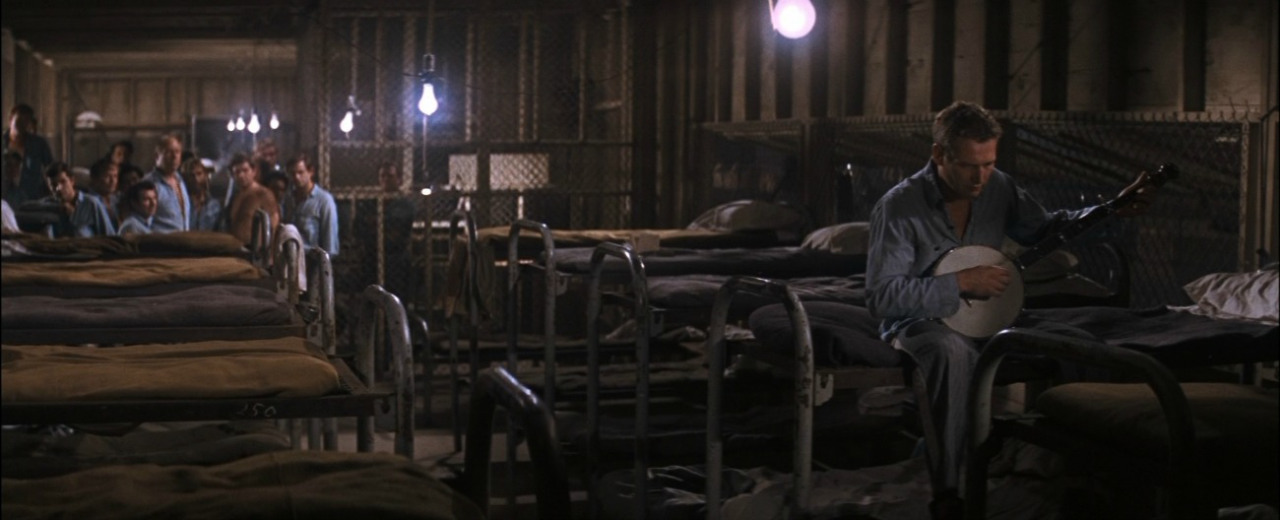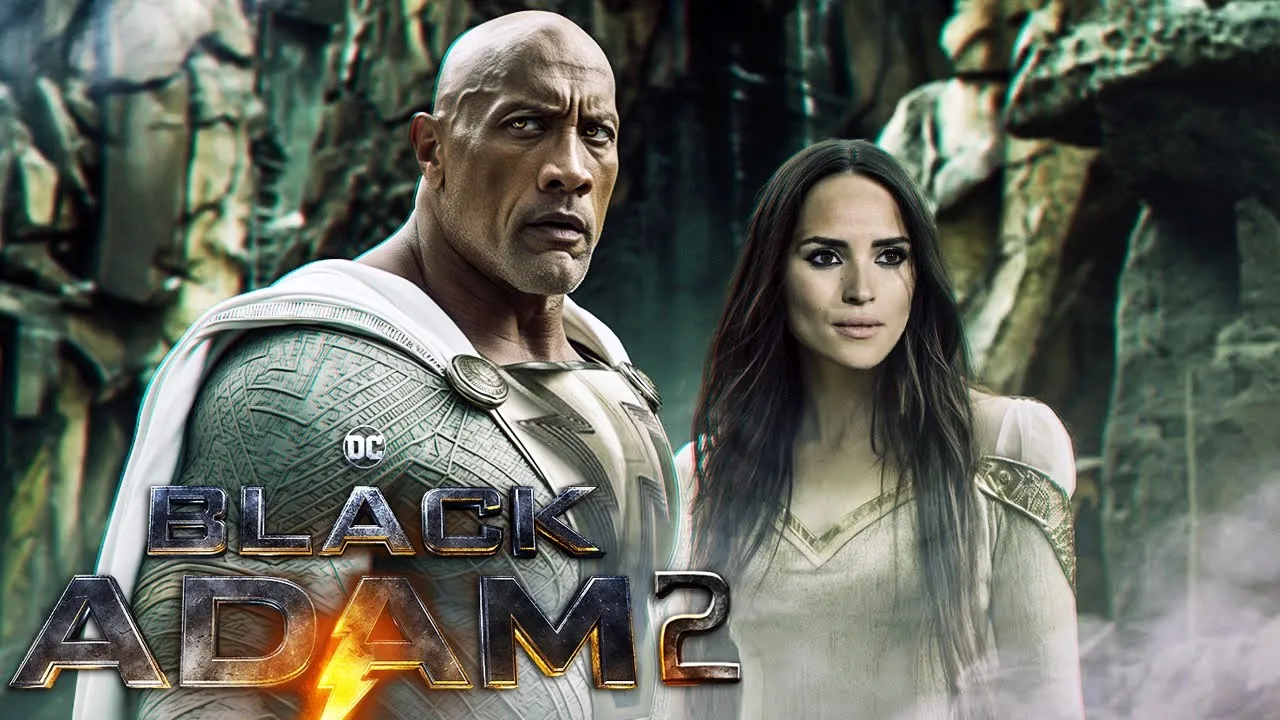Cool Hand Luke (1967) is a powerful and enduring American classic that explores the tension between individual freedom and institutional authority. Set in a Florida prison camp, the film stars Paul Newman in one of his most iconic roles as Lucas “Luke” Jackson, a man whose quiet defiance turns him into a symbol of rebellion, resilience, and spiritual endurance.
At its surface, Cool Hand Luke is a prison drama about a man sentenced to a chain gang for a petty crime — cutting the heads off parking meters while drunk. But the story quickly evolves into something more mythic. Luke is not just a convict; he becomes a figure of Christ-like suffering, resistance, and transformation in a world dominated by oppressive systems.
Luke is introduced as a laid-back, witty, and emotionally reserved man. He doesn't seem interested in challenging authority for the sake of revolution, yet his refusal to conform to the petty rules of the prison slowly escalates into full-blown rebellion. He isn’t a loud protester or an ideologue — his power lies in his indifference to power itself. That quiet resistance, more than brute force or anger, is what makes him dangerous to the system.

The prison, run by the stern and authoritarian Captain and the enigmatic, reflective figure known only as the Boss, represents a rigid institution determined to break down individuality. The guards use discipline, humiliation, and isolation to maintain control — and while the other inmates comply to survive, Luke remains emotionally untouchable.
One of the film’s most memorable and symbolic scenes is Luke’s boxing match with Dragline (George Kennedy), the self-appointed leader of the prisoners. Luke, clearly outmatched, refuses to stay down, taking hit after hit and getting up repeatedly. He doesn’t win the fight, but he earns the respect and loyalty of his fellow prisoners. This moment defines the spirit of the film: resistance without victory, defiance without reward, and dignity in defeat.

As the film progresses, Luke’s repeated escape attempts — and his equally frequent captures — become both thrilling and tragic. Each attempt chips away at the illusion of freedom, but also strengthens Luke’s legendary status among the prisoners. He becomes more than a man; he becomes a symbol of hope, someone who refuses to give in even when surrender seems inevitable.
The film is deeply spiritual, drawing clear parallels between Luke and Christ. The way the other inmates idolize him, his acts of sacrifice, his solitude, and especially the ending — where he is shot in a church-like setting after his final capture — all reflect this symbolic layering. The film’s use of religious imagery is subtle but consistent, suggesting that Luke’s struggle is not just personal or political, but existential.

Paul Newman’s performance is unforgettable. With piercing blue eyes and a smile that flickers between mischief and despair, he captures Luke’s layered personality: cool and ironic on the outside, but deeply wounded and searching beneath the surface. His famous line, “What we’ve got here is failure to communicate,” becomes not just a warning from the system, but the central tragedy of the film — the impossibility of understanding between those who demand obedience and those who seek meaning.
The film also benefits from strong supporting performances, particularly George Kennedy as Dragline, whose transformation from alpha-male enforcer to devoted follower is both touching and believable. The prisoners are more than background figures — they represent the beaten-down masses, looking for a figure to believe in.
Directed by Stuart Rosenberg, Cool Hand Luke uses its Southern setting to great effect, blending heat, sweat, and dust into a metaphor for psychological suffocation. The chain gang scenes are physically grueling and visually stunning, and Lalo Schifrin’s score — particularly the melancholic banjo theme — amplifies the film’s emotional core.
Thematically, the film resonates with ideas of free will, dignity, spiritual resistance, and the absurdity of institutional control. It’s as much an existential parable as it is a prison film. Luke refuses to be broken not because he thinks he’ll win, but because he refuses to lose himself. In doing so, he becomes something greater than himself — a flicker of hope in a hopeless world.

The film's ending is bittersweet. Luke’s death may seem like a loss, but Dragline’s retelling of his legacy shows us that the system couldn’t truly erase him. His spirit — his refusal to kneel — lives on in memory, making him immortal in the eyes of those he touched.
In retrospect, Cool Hand Luke is a quietly revolutionary film. It arrived in the late 1960s during a time of immense social upheaval in the United States. Its themes of rebellion, alienation, and the questioning of authority mirrored the frustrations of an era. Yet the film’s power endures because it doesn’t shout. It whispers, it smiles, and it bleeds — asking quietly what it means to be free in a world built to break us.

-1751510428-q80.webp)

